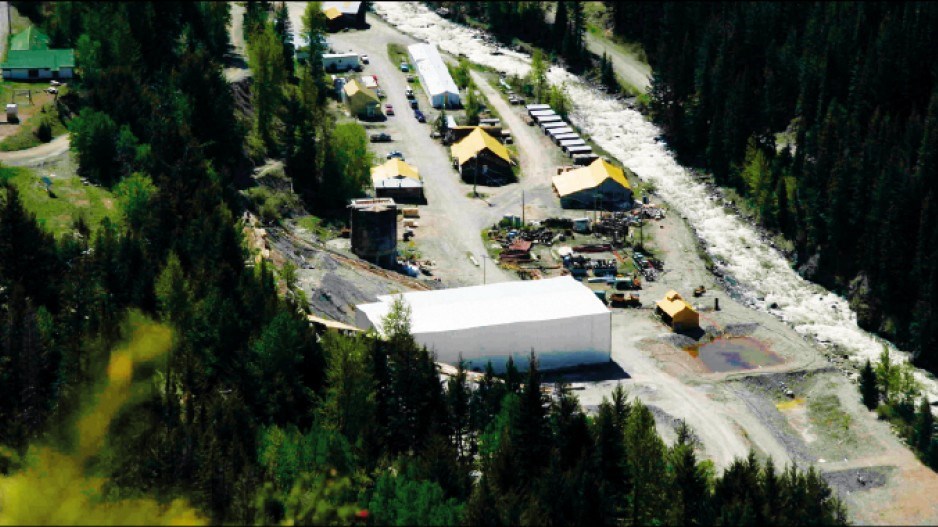The owners of B.C.’s newest gold mine are struggling to woo investors as they battle low production levels, a resource estimate that failed to meet regulations and a sudden departure at the executive level.
Last May, Bralorne Gold Mines (TSX-V:BPM) made news across the province when it poured gold for the first time in 40 years from one of Canada’s most historic mines.
The Bralorne, Pioneer and King gold mines, 240 kilometres north of Vancouver, produced more than four million ounces of gold between 1928 and 1971, and during the Great Depression, the area was known as one of the few places in the country where men could find work.
But in the space of 10 months, the new owners of the mine, which employs 55 people, have produced only 4,000 ounces of gold – and have yet to generate a profit for shareholders.
The company was also forced to claw back a resource estimate report it published in December after the market found it didn’t comply with National Instrument 43-101 standards, the benchmark for Canadian resource projects. Bralorne CFO Lisa Sharp also made a sudden departure from the company earlier this month as its stock sagged below the $1 mark.
Spokesman Johnathon Smith said the company’s stock value is likely suffering from the current overall negative sentiment for the junior mining sector.
But that hasn’t stopped Bralorne from trying to do something about it. In November, the company listed on the U.S. over-the-counter (OTC) market.
Bralorne has also inked two new investor relations (IR) contracts in recent months to promote its story, part of a more aggressive strategy to drum up investors south of the border.
“Management has held back on any serious efforts with IR and PR over the years,” Smith said. “Their number 1 goal was to identify new resources and get them into a position where this is a tangible project, not just one drill hole in the middle of nowhere.”
Smith said the company’s next plan of action is to increase the mine’s mill throughput capacity to 280 tonnes per day (TPD) in the next two years, which is still relatively small.
The mill is built to handle 100 TPD, but in its first few months operated at only 65% capacity. That has since increased to 100% capacity, said Smith, who added that the mill upgrade is the key to an eventual payoff for shareholders.
“That’s when I think you’re really going to start seeing significant revenue stated in the financial reports.”
But Bralorne still needs to determine if there is enough gold in the ground to justify the mill upgrade.
According to a recent company report, “there is no assurance that mineral reserves will be defined or that current mineral resources will be demonstrated as viable for production.”
The company has also yet to complete a feasibility study, which is extremely unusual for Canadian projects that often undergo years of studies and evaluations before they’re put into production.
Chris Porter, a research associate at Fundamental Research Corp. in Vancouver, is confident there is gold in the ground at Bralorne.
“They do have gold,” Porter said, “you just have to look at the drilling results in their news releases.”
Siddharth Rajeev, also an analyst at Fundamental, said a 43-101 resource compliant report is not something that all investors need in order to buy shares in a company, adding that it’s all about cash flow.
Although Smith said the company has sold some gold, most its cash has been generated through financing activities.
At press time, Bralorne’s shares were valued at $0.95. •




